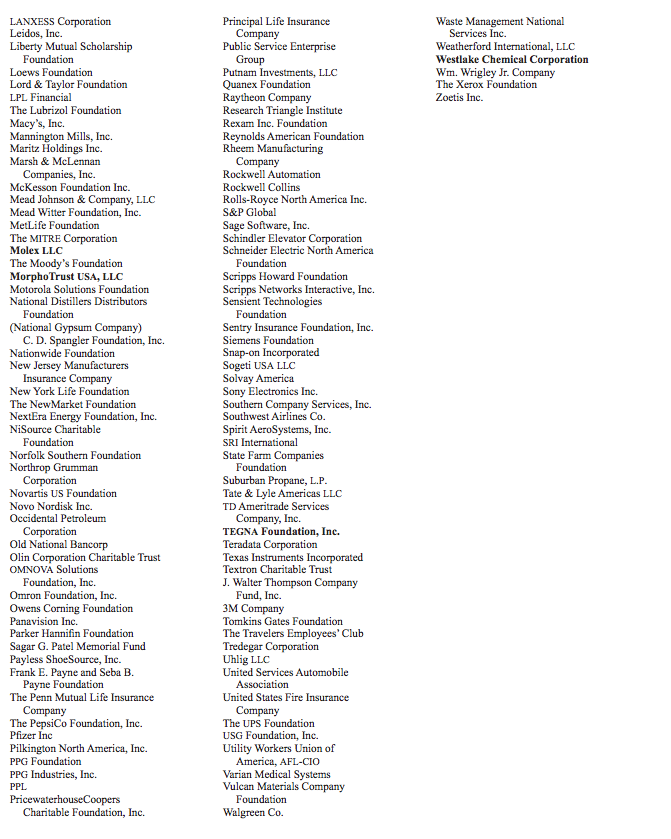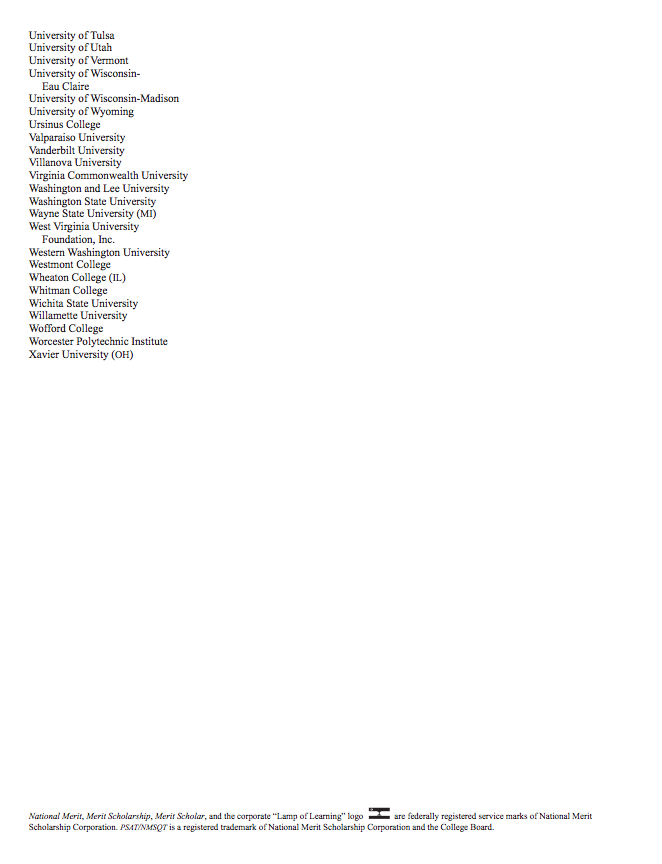Earn College Scholarship Money – 1st Step

The First Scholarship StepÂ
Â
Most parents and high schoolers want scholarships, but they do not know how or where to find them. It’s not their fault. Most schools treat the topic as an after-thought; many do not tell them or know how to direct them. How would parents and students know better? So, I’d like to shed some light on the most important first step; it’s called the Junior PSAT. Most are familiar with the test, but few realize its significance until it’s too late. Â
Â
Case in point…Â
Â
As I was speaking to a family about test scores, I quickly realized their senior never sat for the Junior PSAT. At first, I thought it was an error. Did she forget? Was she sick that day? Then, I was told the unfathomable., “I didn’t take the test because we were given an option, and I didn’t want the hassle. Plus, I skipped the small test fee.â€Â
Â
Needless to say, I was dumbfounded. As a private college counselor, I use numerous sources to identify good scholarships. The Junior PSAT is a very critical component because it can generate tremendous scholarship opportunities in the ballpark of tens of thousands of dollars if not more. More often than not, very well meaning dedicated parents are unaware of the significance of the test because they were never informed.Â
Â
What is it?Â
Â
The PSAT is known as the PSAT/NMSQT which stands for the Preliminary Scholastic Achievement Test/National Merit Scholarship Qualifying Test. Often, the name is shortened and only referred to as the PSAT. While it is helpful to refer to the shorter name, it often skirts the most critical element of the test…it generates scholarships hence the NMSQT (National Merit Scholarship Qualifying Test).Â
The PSAT is a test administered in the sophomore year and junior year. Neither the sophomore PSAT nor the junior PSAT are used for college admission. Instead, the Sophomore PSAT is truly a practice SAT. The Junior PSAT, albeit a practice test for the SAT, is also used to determine if a student qualifies for the National Merit.
Scholarship Money?Â
Â
Yes. Lots of it. The College Board administers and manages both the SAT I, SAT II also known as SAT subject tests and the PSAT/NMSQT. Hence, the College Board oversees the registration and test distribution. However, the National Merit Organization reviews the national scores and determines if a student qualifies as National Merit Student…this means $$$. Money in the form of the National Merit Scholarship worth a minimum of $2,500 and institutional scholarships…a/k/a money from a university which could translate into a full ride worth up to hundreds of thousands of dollars, in some cases over $200,000.Â
Â
Which Students Qualify?Â
Â
All students qualify to take the Junior PSAT. While some schools schedule the test and pay the fee on behalf of their students, some schools allow each student to elect participation and then charge the students a fee. Needless to say, take the exam. Prepare for the exam. It can create tremendous scholarship opportunities.Â
Â
How to prepare?Â
Â
First, it begins with the proper mindset. If you told your high schooler that he could take an exam and then earn a large sum of money, your student would be encouraged to prep in order to increase his chances. Most students walk into the Junior PSAT in October of junior year completely unprepared. Let me give you specific examples: one student earned a perfect math score, 800, on her SAT, but she wasn’t as successful on her Junior PSAT. Why might you ask, she prepared for the SAT. Another student earned a 1510 on his SAT; impressive, right? Well, on his Junior PSAT, he only earned a 1360. While that’s a respectable score, it isn’t high enough to earn National Merit status. Â
Â
How to Test Train Effectively?Â
Â
Prepare, it’s that simple. 13-16 weeks prior to the Junior PSAT, a student needs training. Less than 5 % can adequately train themselves. They lack direction and execution. It’s time to hire a professional test trainer. Even if it costs you $1,500-$3,000 and your student became a National Merit Student and earned $80,000-$200,000, was it worth the investment? Of course!!Â
Â
Word to the wise, regardless of the test trainer, there must be benchmarks in the training process. In other words, in week 1, there is a test administered by the test trainer, so your student establishes a baseline score. Each week, test training and homework should focus on specific skills. Then, another test should be administered in order for you and your high schooler to gauge progress. Without these benchmarks, no one can determine what is happening. Â
Â
Also, if you notice absolutely no improvement, I can almost assure you that in 95% of the cases, the student is not completing the homework between test sessions. Test training without homework drills is comparable to working out at the gym and eating cake and pizza all week. You will not see results. The reverse is true. Homework drills are key. If you are a hand-off-kind-of parent, this is the time to become hands-on. You are talking about an enormous amount of money on the line.Â
Â
Who Offers the Money?Â
Â
The majority of the National Merit Scholarships are offered by the 420 corporate and college sponsors. The list is so extensive, that I’ve added it at the bottom of this article. Please look below my signature to see the list. To give you a better sense of what colleges provide, most of them offer large National Merit Scholarships focused on four main types of offers which include: tuition “plus,â€Â full ride, full ride “plusâ€Â and outside awards tied to National Merit.Â
Tuition “plusâ€Â means that the student will receive a large award in addition to stipends and other funding that can almost equal a full fide. Full Ride, means that the student attend college for free; he does not pay for tuition, academic fees, room and board. Full Ride “plusâ€Â means that the student receives all that Full Ride offers and money for study abroad expenses, conferences, etc…., per each university. Lastly, there are other additional scholarships which are tied to the National Merit status but come from outside sources. Â
So, how can your student earn such tremendous opportunities?Â
Â
Â
How does a Student Qualify?Â
A student qualifies according to an index score. An index score is the total of the sub-scores in math, reading and writing. The process begins in October of a student’s Junior year, he will take the PSAT. If he receives a high index score (240 is the highest), he may be entered into the competition for the National Merit Scholarships. Â
During September of his senior year, he will receive a letter of commendation or qualification as a semifinalist in recognition for his high PSAT index score. Then, the student must take his SAT by December of his senior year. The semifinalists who meet requirements will advance to finalist standing. Finally, in March of his senior year, scholarship winners are notified. Many universities are very interested in these students and offer tremendous scholarship awards to attract them.Â
Â
Want to know which corporations and universities sponsor such an incredible opportunity? Please look below my signature for the extensive list.  Â
Â
Also, are you passed Junior year? Don’t worry, there are numerous other generous scholarships.Â
Â
Please feel free to contact me at (713)447-0064 or nadine@cash4college.netÂ
Â
Sincerely,Â
Nadine Â
Nadine Underbrink, M.Ed.Â
www.Cash4College.net

















